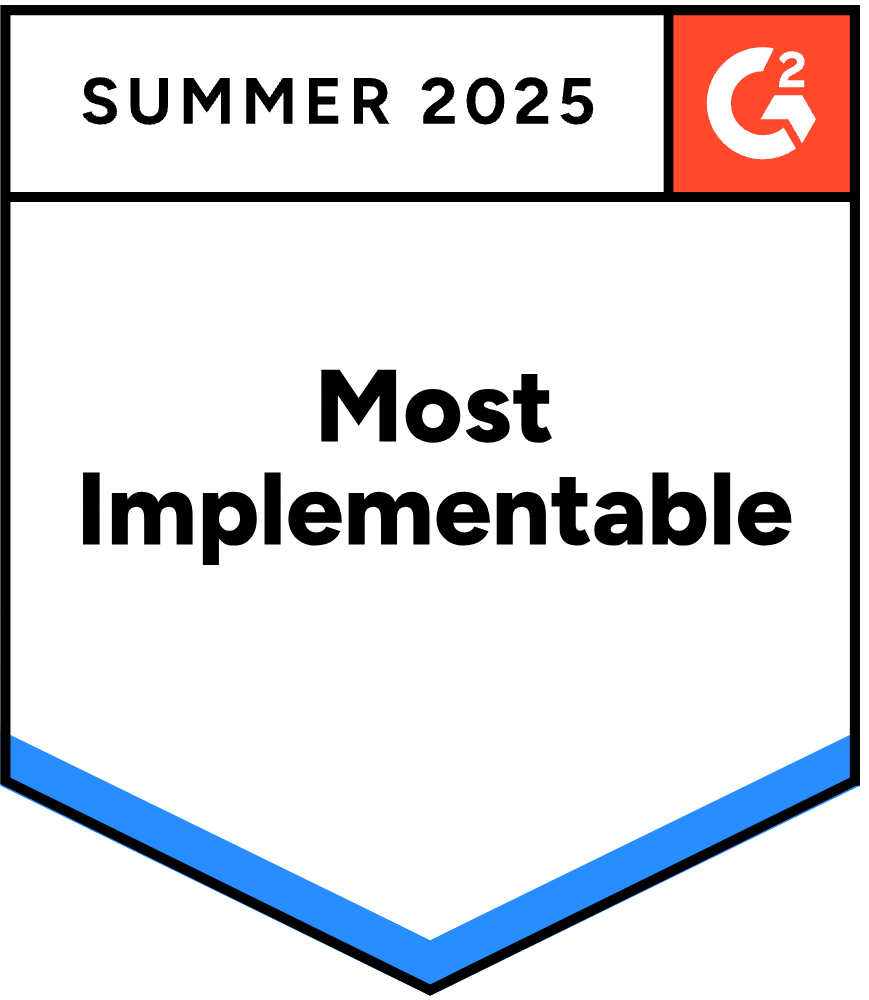“What is the purpose of text?” An open-ended response is intended to answer or explain their intent, feelings, or behavior. Text analytics is a question and answer problem; one that to date has underperformed for various reasons, and has been made more difficult by changing language and technology. Text analytics options, however, are advancing. Artificial Intelligence (AI) and Natural Language Processing (NLP) is growing with leaps and bounds, pulling forward the opportunities to solve this question and answer problem. Traditionally, when businesses opted to perform text analysis on open-ended responses from surveys, social media, reviews, or another source, they were required to manually code the text responses, or use automated systems that only rated content on a positive to negative scale; which made nuanced language interpretation impossible.
Emerging technology innovations are now enabling organizations to tap into the power of text analysis quickly and at scale, providing statistically significant insights without the need for hand-coding. The most sophisticated text analysis platforms today can ingest open-ends and return data that is transparent, flexible, and capable of interpreting both natural language and the “un-natural” language of the internet. By eliminating the need for highly specialized talent to spend hours poring over unstructured text to find themes and reach conclusions, AI-driven text analysis frees up those resources to take more immediate action and drive results.
The information gleaned from text analysis can be used to empower organizations to make informed decisions that enhance business operations, from improving marketing to changing product design and enhancing customer experience. This guide will explore the definition of text analysis, its uses, and how you can use Canvs to get the most out of your text analysis efforts. Let’s get started.
What is the Definition of Text Analysis?
Text analysis, sometimes referred to as text mining, is a process used to extract meaning and information from data in digital text form. It is a complex process that encompasses breaking text down through parsing, recognizing patterns, analyzing language, and finally, interpreting the meaning of the text. On a fundamental level, text analysis is the digital equivalent of reading posts on the internet and accurately interpreting what is being said. However, machines must be taught to perform accurate language interpretation through machine-learning, natural language processing (NLP), and by leveraging the power of AI.
Previously, text analysis could not be performed autonomously. An individual would have to manually code the unstructured open-text, spending hours sifting through the data before it could be run through a program to be analyzed. Even once the analysis was completed, an individual would still need to assess the results to ensure that the text was understood contextually. In short, the emerging technology enables text analysis to be completed by trained AI to provide an accurate interpretation of the text in a fraction of the time.
How is Text Analysis Used?
Text analysis is exceptionally versatile. Organizations across multiple industries can leverage the power of text analysis to gain a better understanding of their customer experiences, whether they are products, advertisements, shows, or social assets. Text analysis can be used to explore the impact of a service or product on the public, whether good or bad. It goes further than simply ascertaining whether something is “good or bad;” it can be used to gain much more valuable and nuanced insights. By utilizing emotion measurement as a part of the text analysis process, organizations gain an in-depth look at what people feel about a particular product or service.
Taking the Canvs case study of the 2018 Super Bowl, it’s easy to see how companies spanning the CPG, automotive, and all the industries in between can benefit from text analysis. Canvs used text analysis and its emotion measurement framework to derive insights about the public’s emotional reactions to ads posted on Facebook and Youtube. The analysis found that:
Facebook held a much higher audience reaction rate than Youtube.
Automotive ads gained the most “love” reactions by far with entertainment ads earning the least.
Brand categories could be evaluated against a Super Bowl ad benchmark to determine effectiveness.
These insights, which would have taken days to hand-code and interpret by humans, were delivered in a matter of hours after the event concluded thanks to the power of Canvs’ AI.
Why is this important?
Text analysis enables brands to assess audience reactions as they happen, giving them the power to determine whether live marketing campaigns are successful. Brands can then use their findings to make informed business decisions, such as maintaining campaign goals or determining campaign ROI. However, this is just the tip of the iceberg. Text analysis can be used to interpret the results of reviews, surveys, social media responses, and more.
How Does Canvs Handle Text Analysis?
Canvs handles text analysis very differently than traditional platforms. From the start, Canvs was dedicated to bridging the gap between NLP and the contextual analysis of so-called “unnatural language.” Without the ability to understand the context in which language is used, text analysis could not provide an accurate interpretation. However, by leaning into the use of unnatural language to create a method of unnatural language processing, Canvs was able to exponentially expand the depth of insights that are possible with text analysis.
This can be seen not only in which types of text can be analyzed but where the analyzed text originates. Previously, businesses would be hard-pressed to find a way to accurately and efficiently perform text analysis of reactions on social media and other digital platforms, such as YouTube or Facebook. That’s because the use of internet slang, emojis, and other forms of unnatural language made it impossible to discern the real meaning behind words.
However, Canvs scoured the internet for years, trawling billions of terms to create a massive knowledge base capable of understanding everything from phrases like, “That’s lit!” to “I don’t mean to throw shade but…” Moreover, by integrating machine learning, NLP, and creating a proprietary metric to assess emotional reactions, Canvs is able to perform powerful and nuanced emotion measurement with a framework of 42 emotions, so every open-end can be understood and used to drive insights.
Unlike some “black box” forms of text analysis, the data and insights that Canvs delivers are transparent and flexible, allowing its users to dive deeper into what customers are feeling. By thematically organizing emotional reactions by applying Topics, Net, and Codes, it’s possible to understand not just what consumers are saying about a brand or program, but drill down to explore specific elements. Benchmarking and sorting features like Crosstabs make it easy to compare one set of data to another, or layer in demographic information to see trends among different segments of the audience. It’s even possible to read verbatim what consumers are saying — in short, there is no limit to what can be learned from the text analysis that the Canvs platform serves up.
Canvs helps businesses and brands leverage text analysis to deliver a better customer experience and ultimately become more empathetic. Interested in what Canvs can do for your organization? Learn more about our solutions today.







